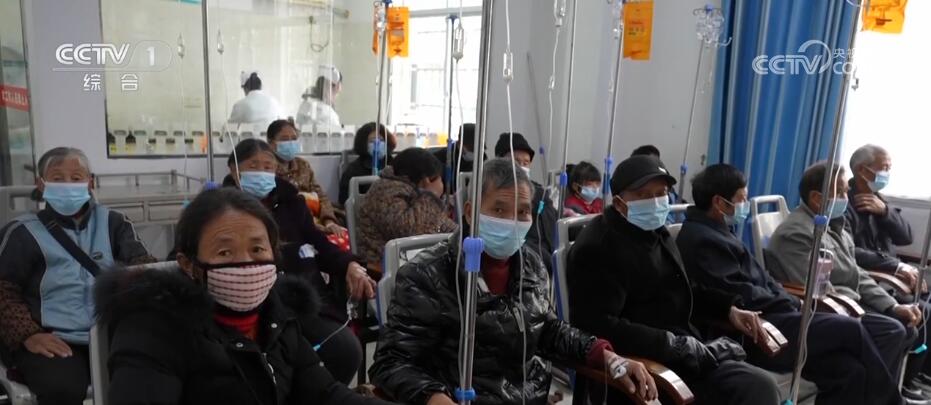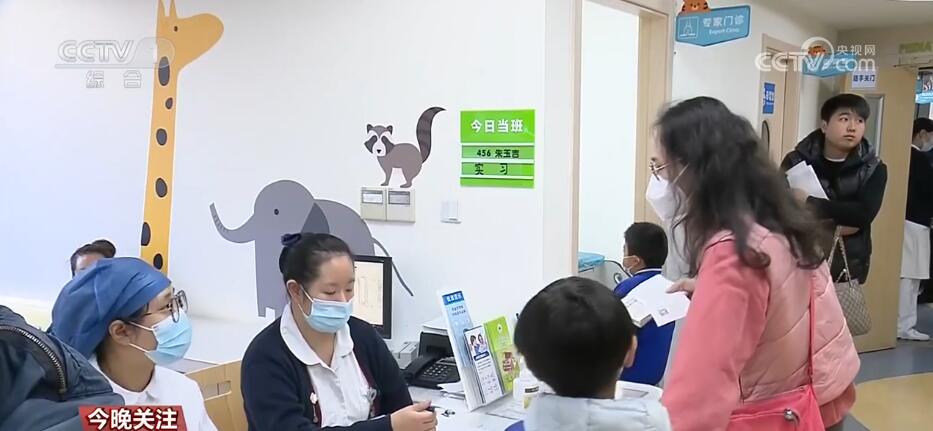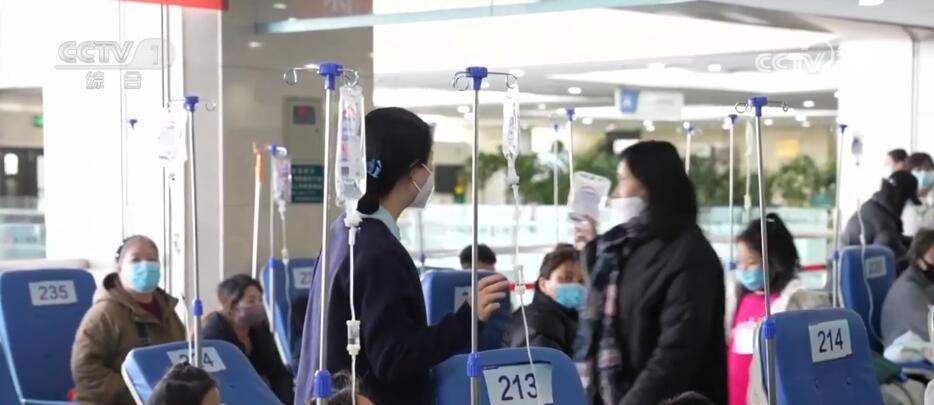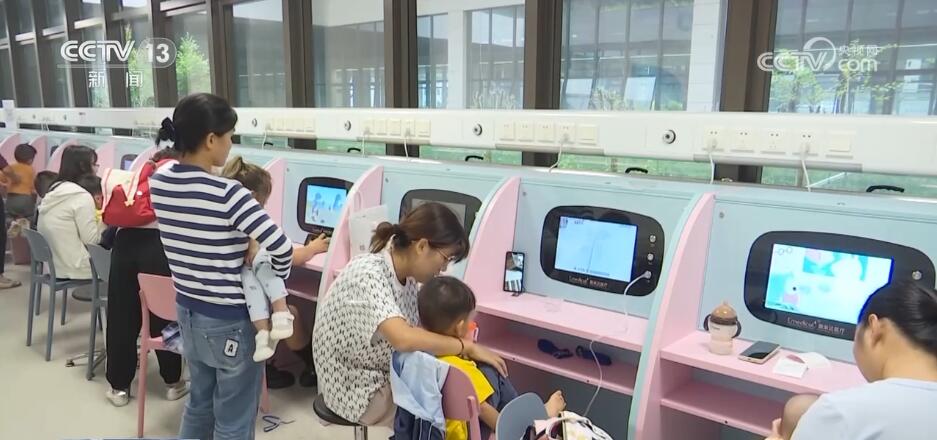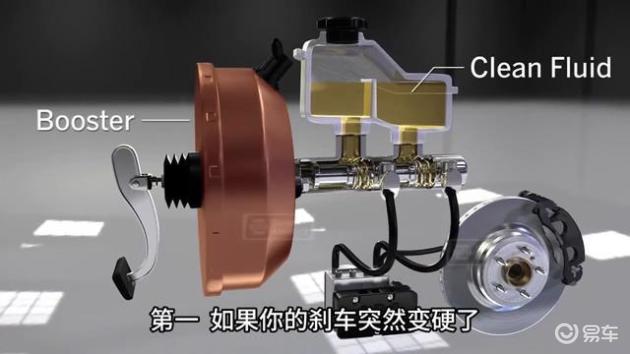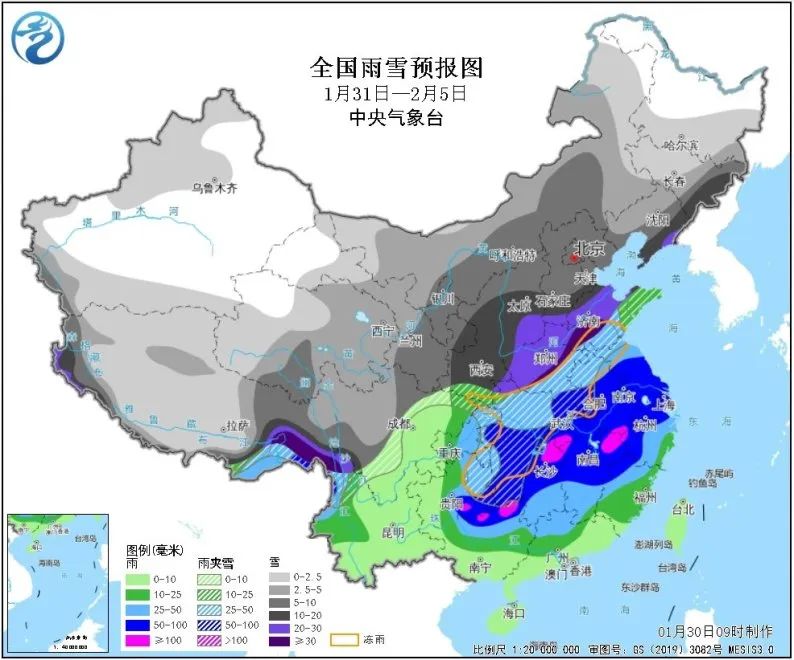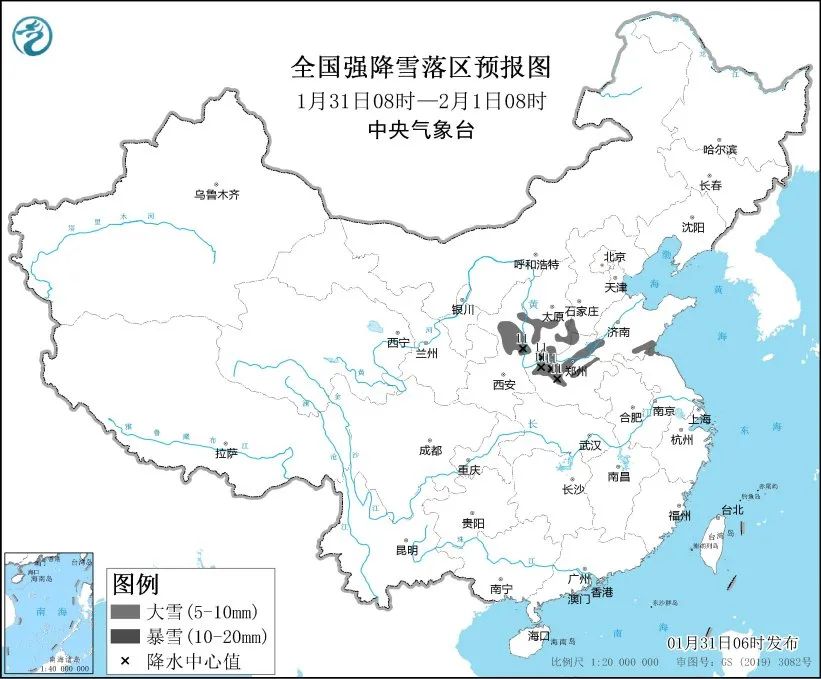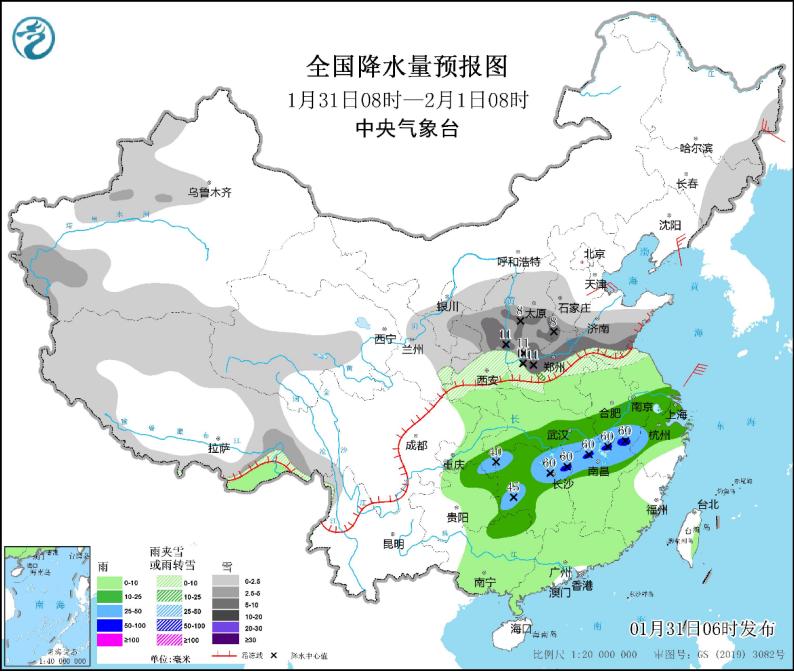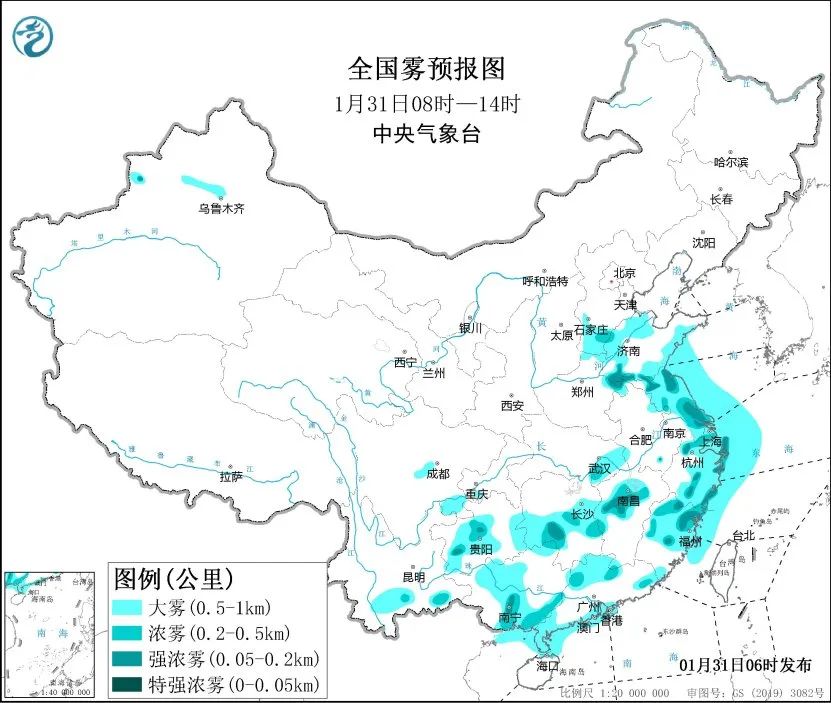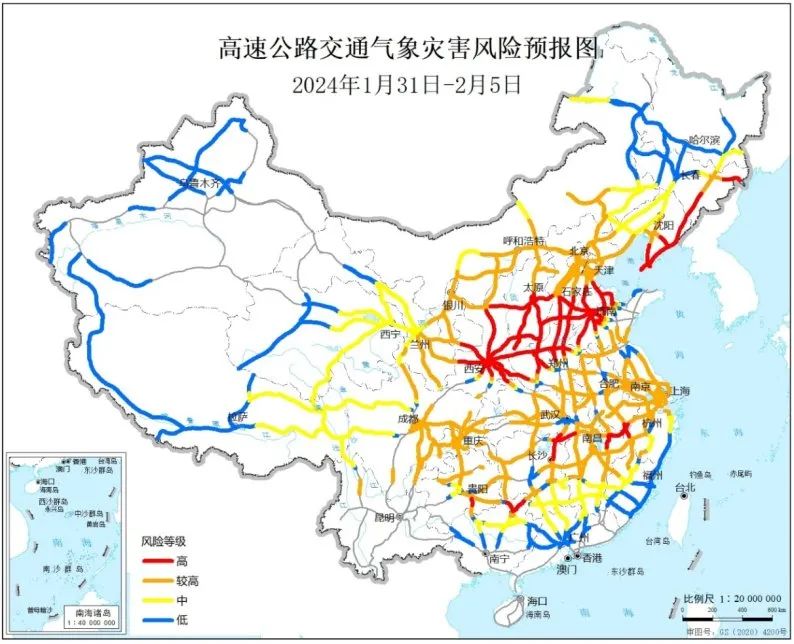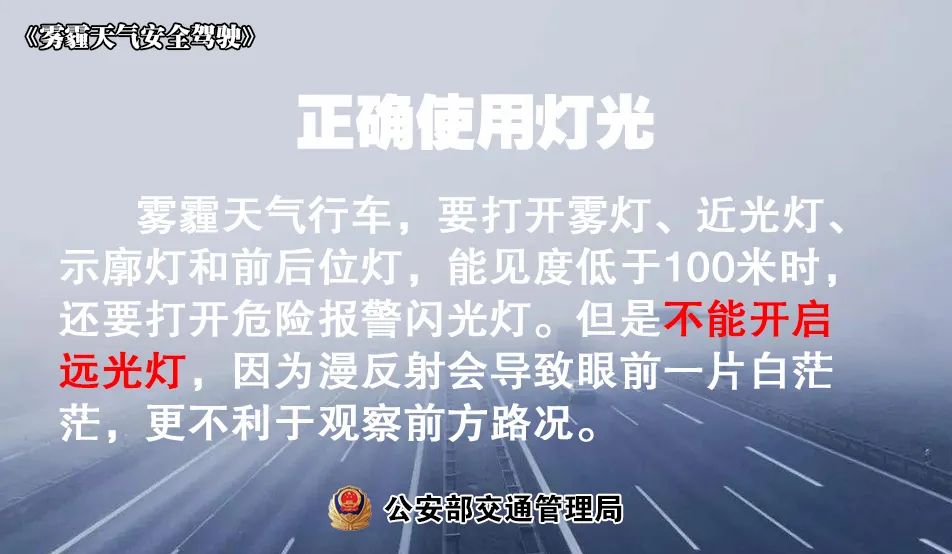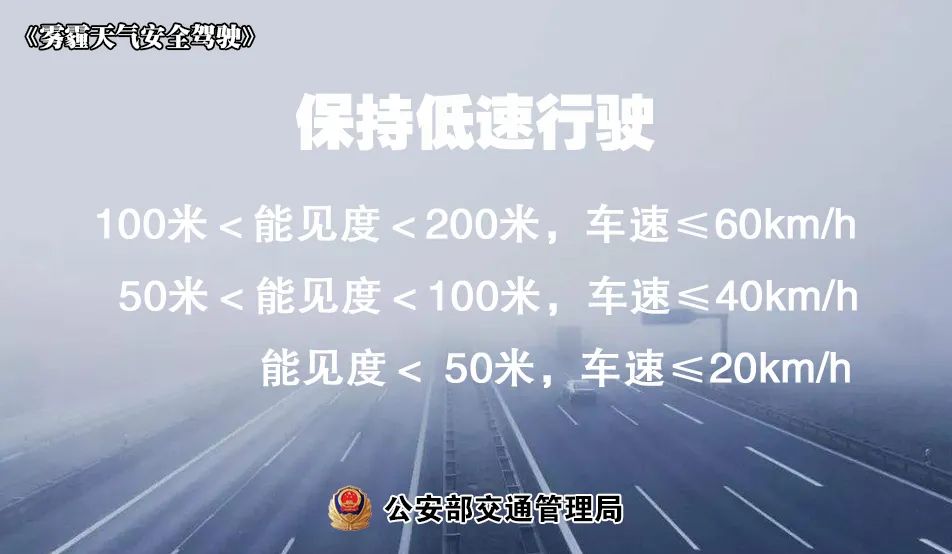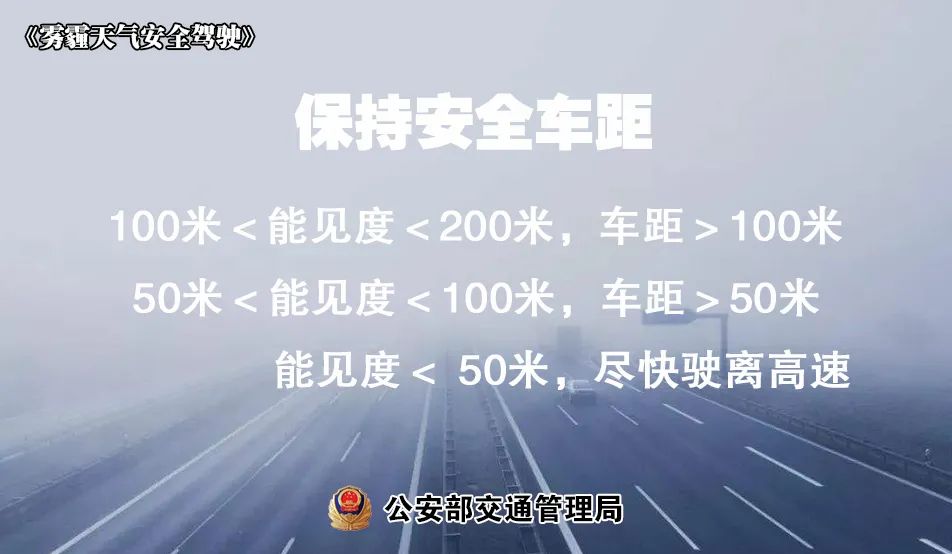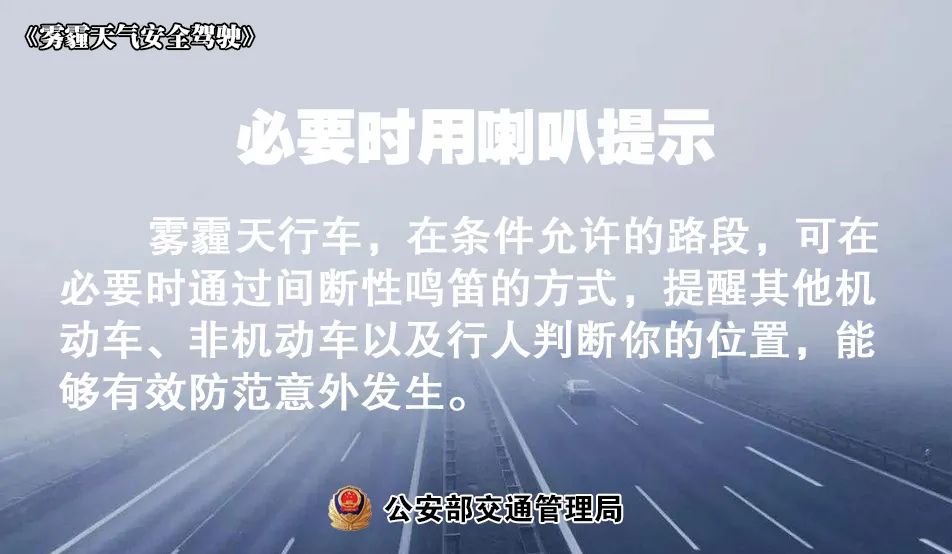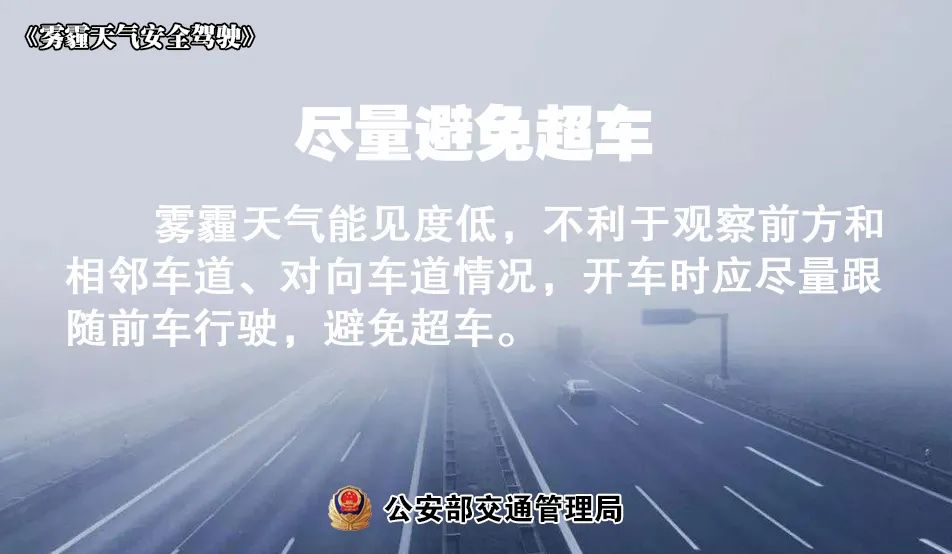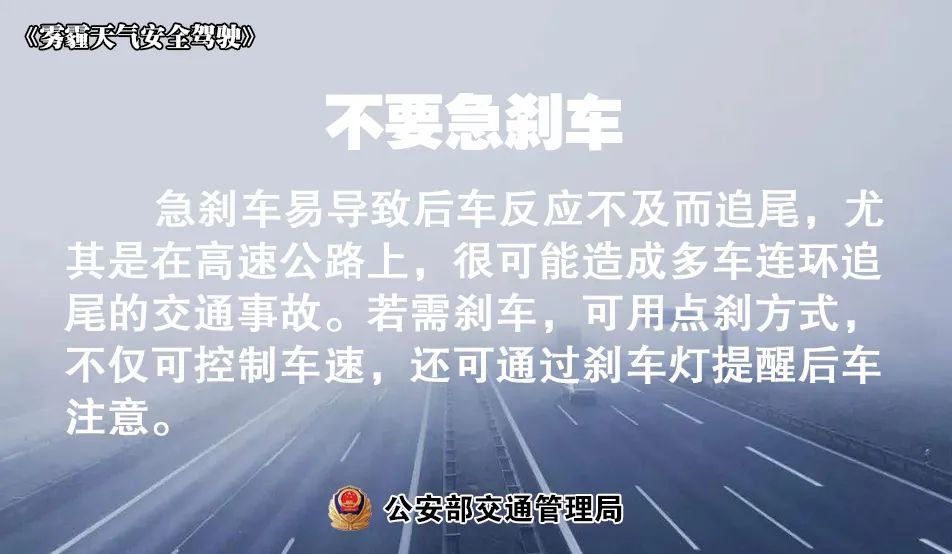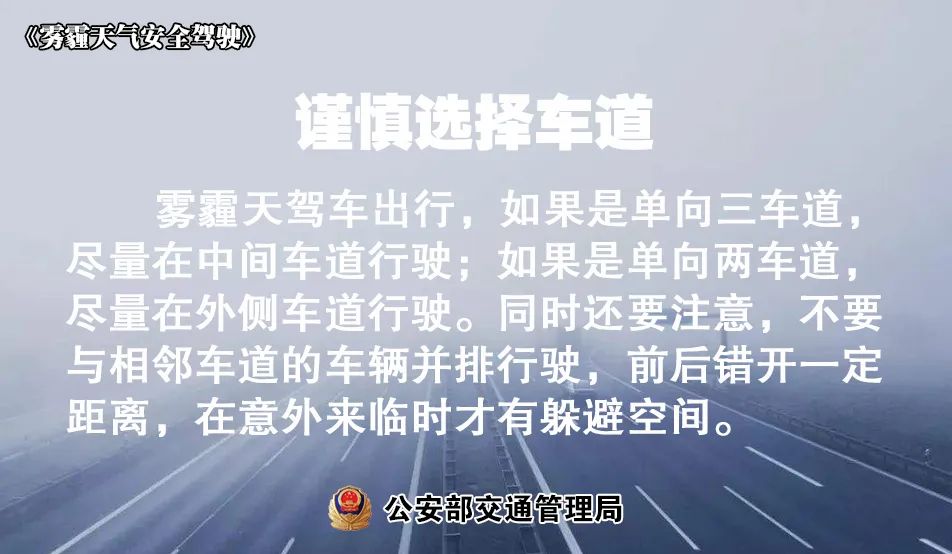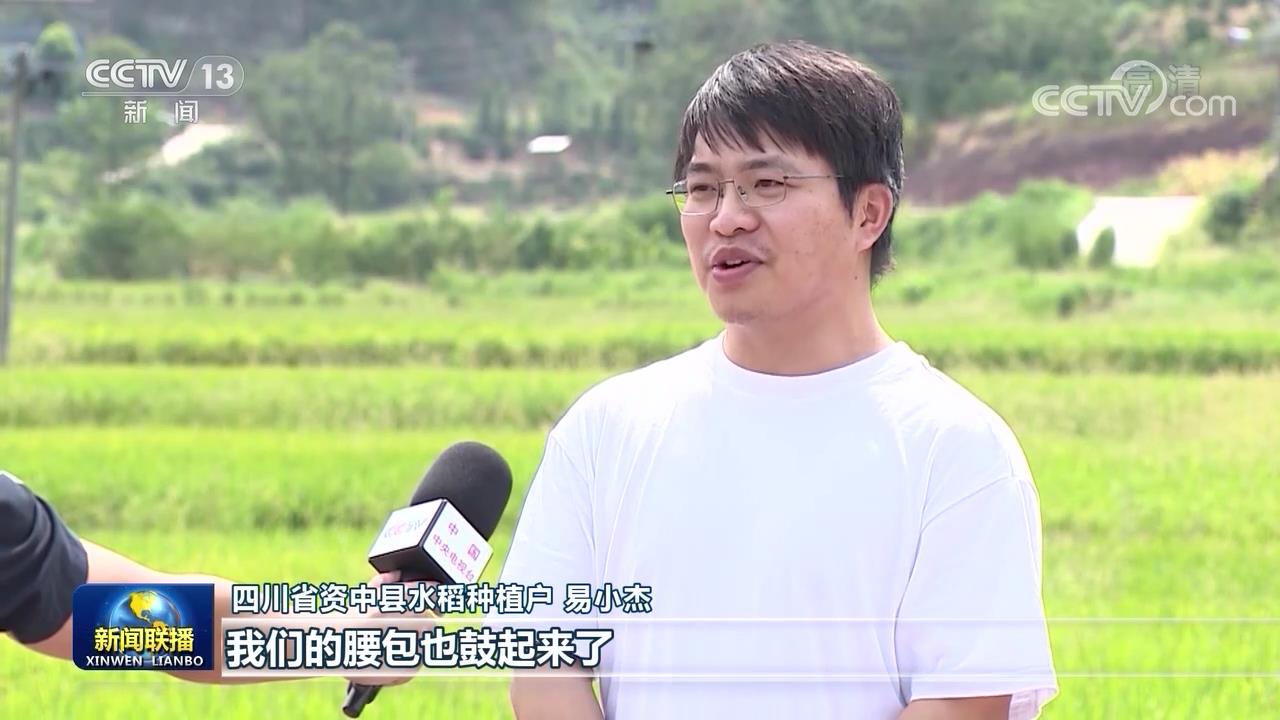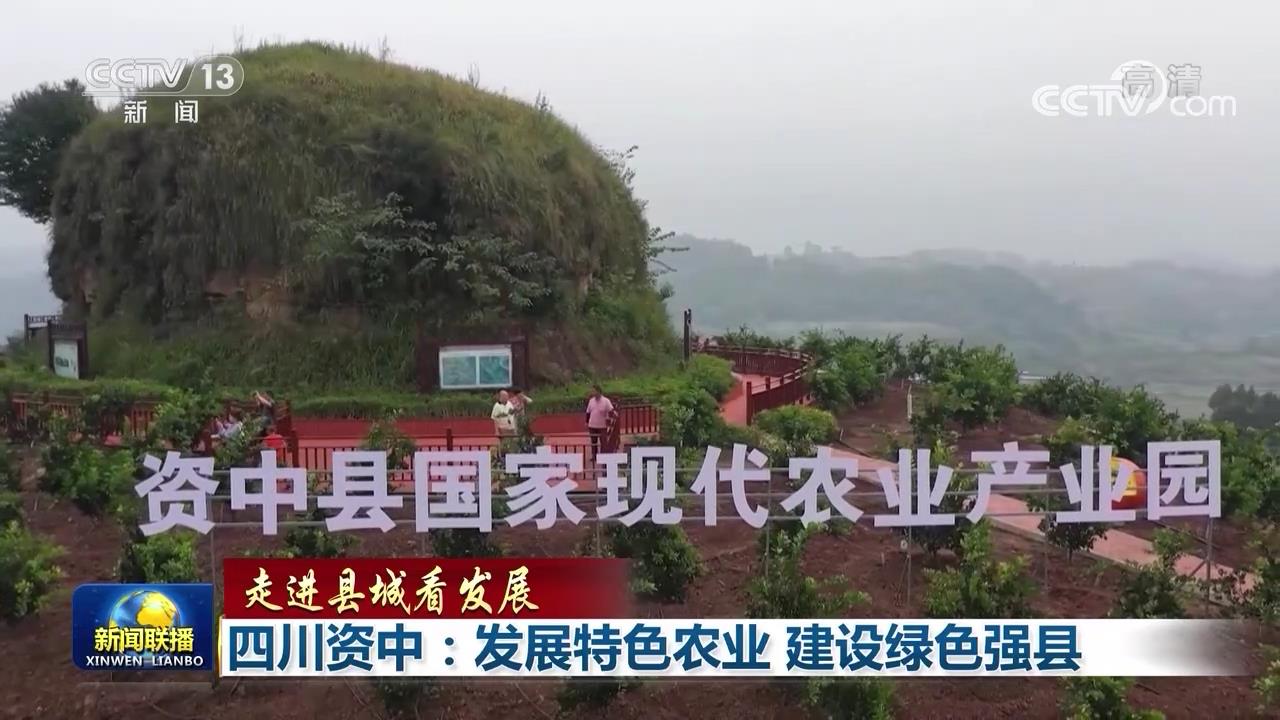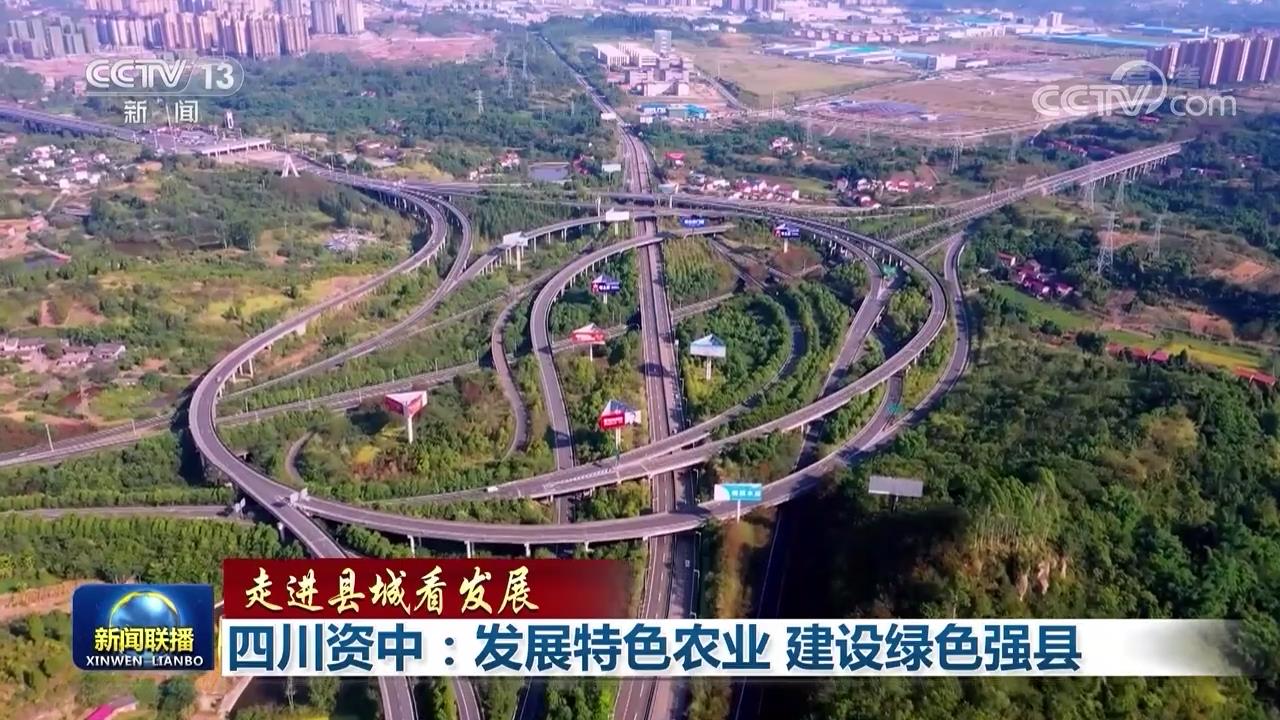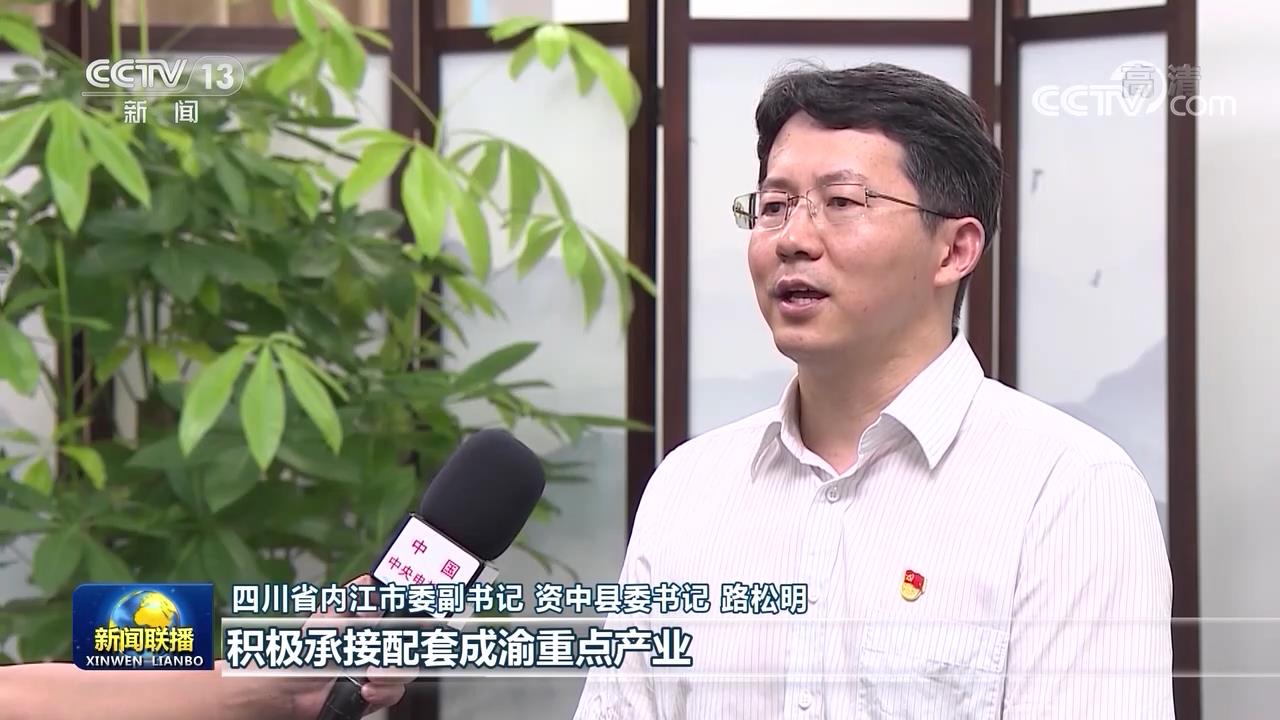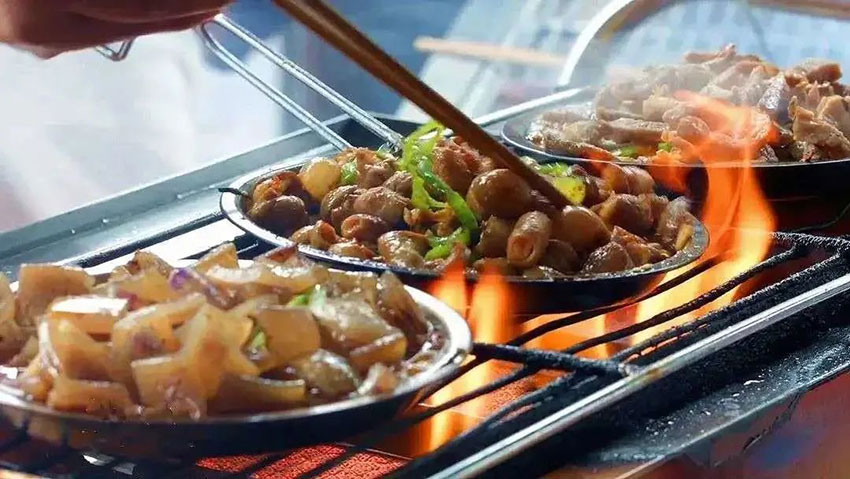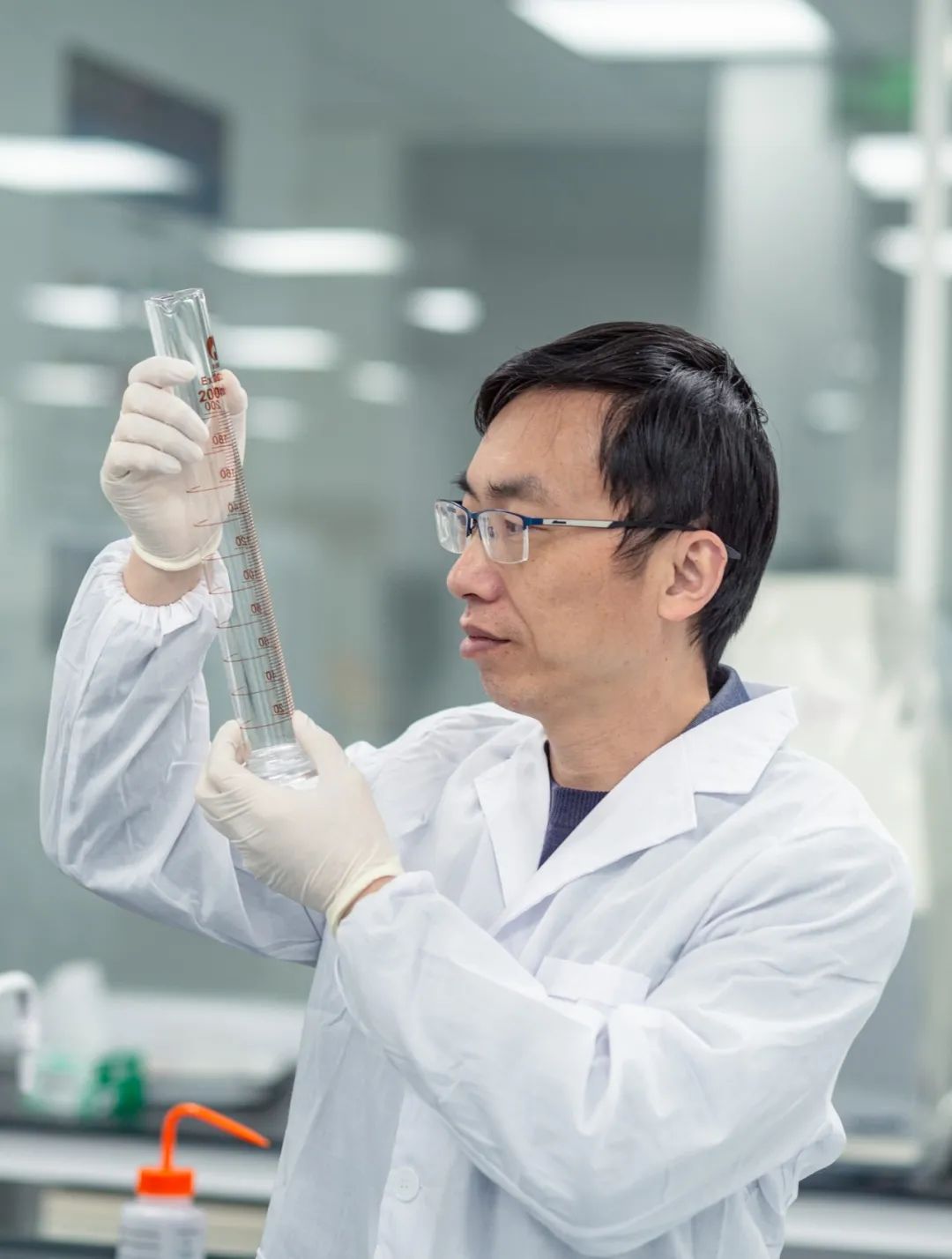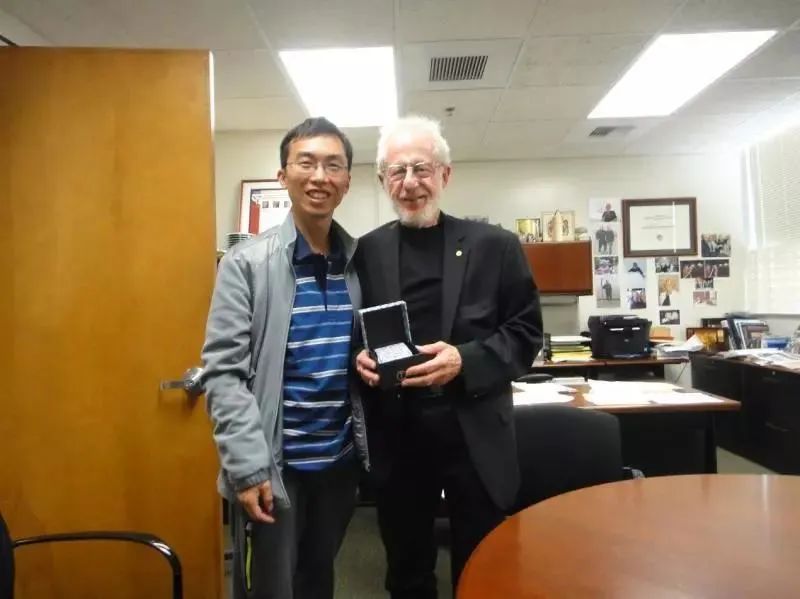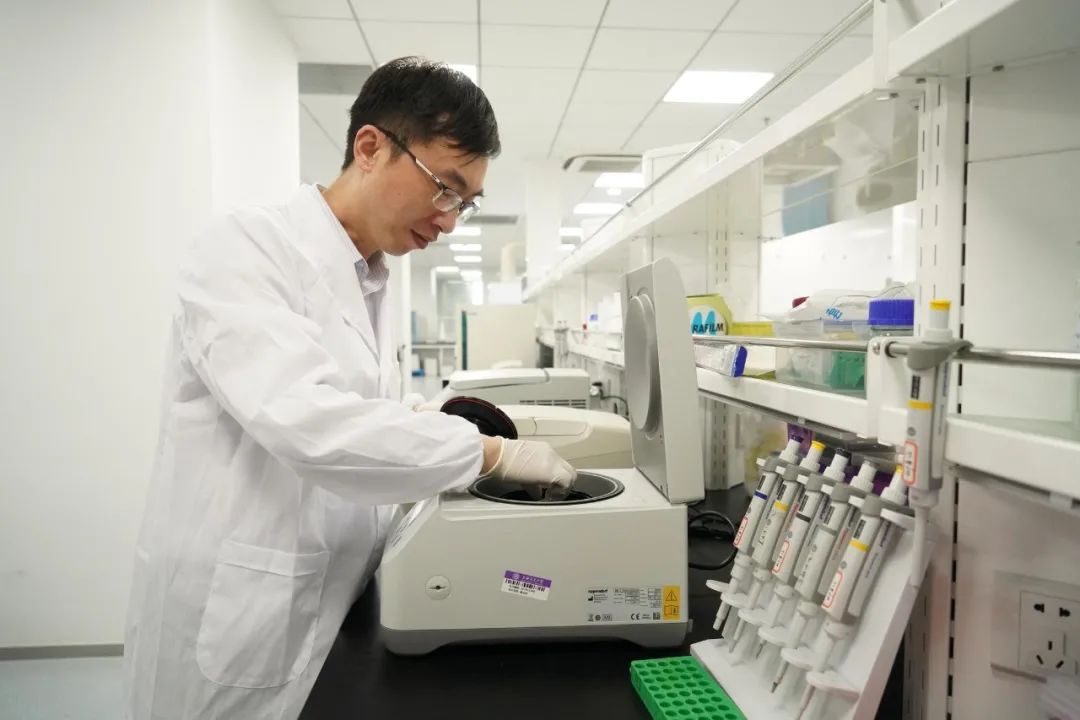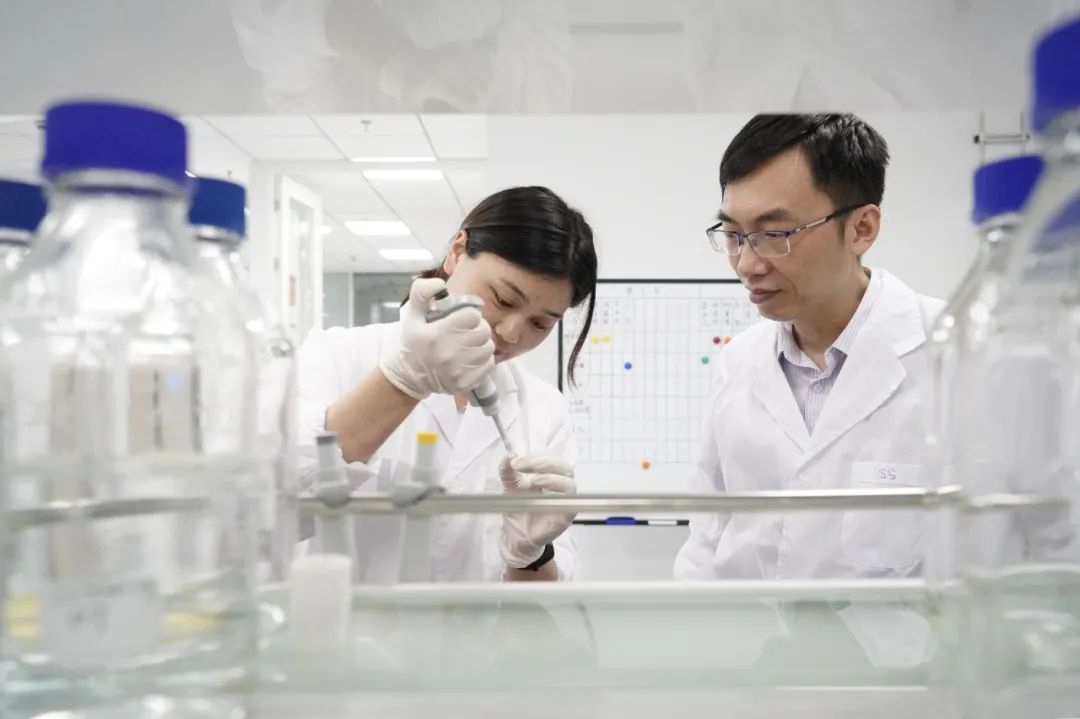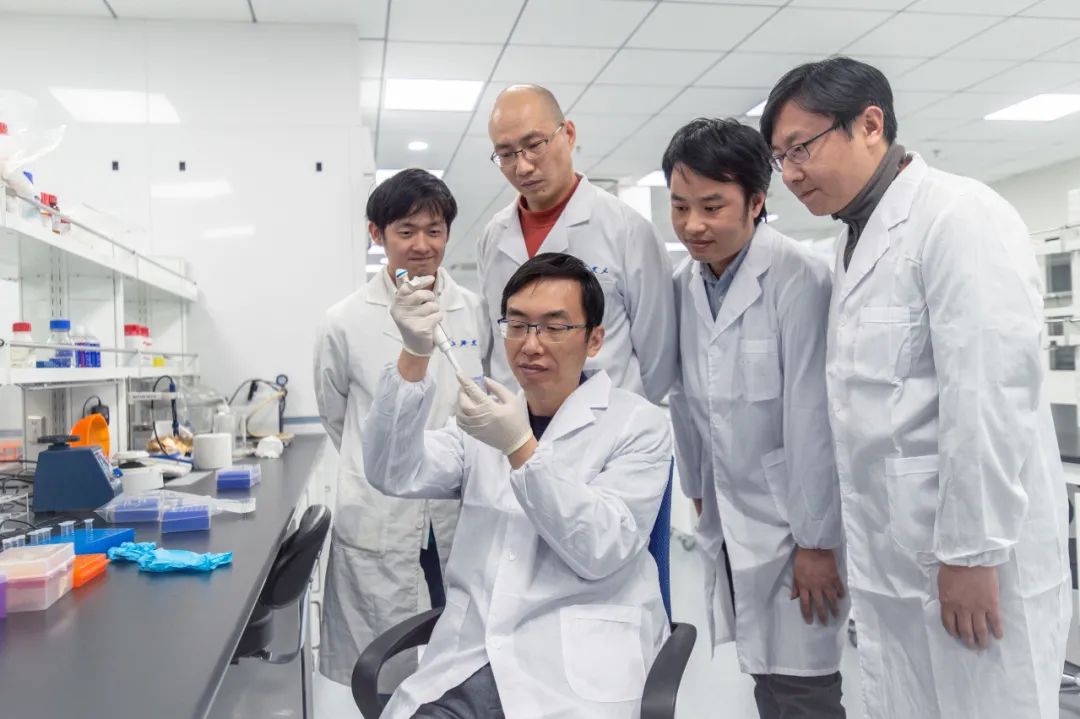Order of the State Internet Information Office
No.5
The Regulation on Ecological Governance of Network Information Content has been deliberated and adopted at the meeting of the Office of National Internet Information Office, and is hereby promulgated and shall come into force as of March 1, 2020.
Director Zhuang Rongwen
December 15, 2019
Provisions on ecological governance of network information content
Chapter I General Provisions
the first In order to create a good network ecology, safeguard the legitimate rights and interests of citizens, legal persons and other organizations, and safeguard national security and public interests, these Provisions are formulated in accordance with the National Security Law of People’s Republic of China (PRC), the Network Security Law of the People’s Republic of China, the Measures for the Administration of Internet Information Services and other laws and administrative regulations.
the second These Provisions shall apply to the ecological governance activities of network information content in People’s Republic of China (PRC).
The term "ecological governance of network information content" as mentioned in these Provisions refers to related activities such as promoting positive energy, disposing of illegal and bad information, etc., which are carried out by the government, enterprises, society, netizens and other subjects, with the cultivation and practice of socialist core values as the foundation, and the network information content as the main governance object, with the goal of establishing and improving a comprehensive network governance system, creating a clear cyberspace and building a good network ecology.
Article The national network information department is responsible for coordinating the ecological governance of network information content and related supervision and management, and all relevant competent departments do a good job in ecological governance of network information content according to their respective responsibilities.
The local network information department is responsible for coordinating the ecological management of network information content and related supervision and management work within its administrative area, and the relevant local competent departments shall do a good job in the ecological management of network information content within their respective responsibilities.
Chapter II Producers of Network Information Content
Article 4 Producers of network information content shall abide by laws and regulations, follow public order and good customs, and shall not harm national interests, public interests or the legitimate rights and interests of others.
Article 5 Encourage producers of network information content to produce, copy and publish information containing the following contents:
(1) Propagandizing the Supreme Leader’s Socialism with Chinese characteristics Thought in the New Era and comprehensively, accurately and vividly interpreting Socialism with Chinese characteristics’s road, theory, system and culture;
(two) to publicize the party’s theoretical line, principles and policies and the major decisions and arrangements of the central government;
(three) to show the highlights of economic and social development, reflecting the great struggle and fiery life of the people;
(four) to carry forward the socialist core values, publicize the excellent moral culture and the spirit of the times, and fully display the high-spirited spirit of the Chinese nation;
(five) to effectively respond to social concerns, solve doubts and doubts, analyze things rationally, and help guide the masses to form a consensus;
(six) help to improve the international influence of Chinese culture and show the world a true three-dimensional and comprehensive China;
(seven) other content that stresses taste, style and responsibility, eulogizes truth, goodness and beauty, and promotes unity and stability.
Article 6 Producers of network information content shall not produce, copy or publish illegal information containing the following contents:
(a) against the basic principles set by the Constitution;
(2) endangering national security, revealing state secrets, subverting state power and undermining national unity;
(3) damaging the honor and interests of the state;
(4) distorting, vilifying, desecrating or denying the deeds and spirit of heroic martyrs, and infringing upon the names, portraits, reputations and honors of heroic martyrs by insulting, slandering or other means;
(5) Propagandizing terrorism or extremism or inciting the implementation of terrorist or extremist activities;
(6) Inciting national hatred and discrimination and undermining national unity;
(7) sabotaging the state’s religious policy and propagating cults and feudal superstitions;
(8) spreading rumors and disturbing economic and social order;
(9) Spreading obscenity, pornography, gambling, violence, murder, terror or abetting a crime;
(10) Insulting or slandering others and infringing upon their reputation, privacy and other legitimate rights and interests;
(eleven) other contents prohibited by laws and administrative regulations.
Article 7 Producers of network information content shall take measures to prevent and resist the production, reproduction and publication of bad information containing the following contents:
(a) the use of exaggerated titles, the content is seriously inconsistent with the title;
(two) speculation scandal, scandal, misdeeds, etc.;
(three) improper comments on natural disasters, major accidents and other disasters;
(four) with sexual suggestion, sexual teasing, etc., which is easy to cause sexual association;
(five) showing blood, horror, cruelty and other physical and mental discomfort;
(6) Inciting crowd discrimination and geographical discrimination;
(seven) to promote vulgar, vulgar and kitsch content;
(eight) may cause minors to imitate unsafe behavior and violate social morality, and induce minors to have bad hobbies;
(nine) other contents that have adverse effects on the network ecology.
Chapter III Network Information Content Service Platform
Article 8 The network information content service platform should fulfill the main responsibility of information content management, strengthen the ecological governance of network information content on this platform, and cultivate a positive, healthy and upward-oriented network culture.
Article 9 The network information content service platform shall establish the ecological governance mechanism of network information content, formulate the detailed rules for the ecological governance of network information content of this platform, and improve the systems of user registration, account management, information release review, post review review, layout and page ecological management, real-time inspection, emergency response, network rumors, and black industry chain information disposal.
The network information content service platform shall set up a person in charge of the ecological governance of network information content, and be equipped with professionals suitable for the business scope and service scale, strengthen training and assessment, and improve the quality of employees.
Article 10 The network information content service platform shall not disseminate the information specified in Article 6 of these Provisions, and shall guard against and resist the dissemination of the information specified in Article 7 of these Provisions.
The network information content service platform shall strengthen the management of information content, and if the information specified in Articles 6 and 7 of these Provisions is found, it shall immediately take disposal measures according to law, keep relevant records, and report to the relevant competent departments.
Article 11 Encourage the network information content service platform to adhere to the mainstream value orientation, optimize the information recommendation mechanism, strengthen the ecological management of layout pages, and actively present the information specified in Article 5 of these Provisions in the following key links (including service types and location sections, etc.):
(a) the first screen, pop-up window and important news content page of the Internet news information service;
(two) Internet users public account information service selection, hot search, etc.;
(3) Popular recommendation of blog and microblog information service, list category, pop-up window and information service section based on geographical location, etc.;
(four) Internet information search services such as hot search words, hot search pictures and default search;
(five) the first screen, list category, pop-up window, etc. of the home page of the Internet forum community service;
(six) the first screen, discovery, selection, list category, pop-up window, etc. of the home page of Internet audio and video services;
(7) Internet website navigation service, browser service, first screen of input method service, list category, skin, associative words, pop-up window, etc.;
(eight) digital reading, online games, online animation services home page first screen, selection, list category, pop-up, etc.;
(nine) life service, knowledge service platform home screen, popular recommendation, pop-up, etc.;
(ten) e-commerce platform home screen, recommendation area, etc.;
(eleven) mobile application stores, mobile intelligent terminals preset application software and built-in information content service first screen, recommendation area, etc.;
(twelve) the network information content columns, special areas and products specially serving minors;
(thirteen) other key links that are in the eye-catching position of products or services and are easy to attract the attention of users of network information content services.
The network information content service platform shall not present the information specified in Article 7 of these Provisions in the above key links.
Article 12 If the network information content service platform uses personalized algorithm recommendation technology to push information, it shall set up a recommendation model that meets the requirements of Articles 10 and 11 of these Provisions, and establish and improve the mechanism of manual intervention and user’s independent selection.
Article 13 Encourage the network information content service platform to develop a model suitable for minors to use, provide network products and services suitable for minors to use, and facilitate minors to obtain information beneficial to their physical and mental health.
Article 14 The network information content service platform shall strengthen the audit inspection of the advertising space set on the platform and the advertising content displayed on the platform, and shall deal with illegal advertisements according to law.
Article 15 The network information content service platform shall formulate and publicize the management rules and platform conventions, improve the user agreement, clarify the relevant rights and obligations of users, and perform corresponding management duties according to the law.
The network information content service platform shall establish a credit management system for user accounts and provide corresponding services according to the credit status of user accounts.
Article 16 The network information content service platform shall set up a convenient entrance for complaints and reports in a prominent position, announce the ways of complaints and reports, accept and dispose of public complaints and reports in a timely manner and feed back the results.
Article 17 The network information content service platform shall prepare an annual report on the ecological governance of network information content, which shall include the work of ecological governance of network information content, the performance of duties of the person in charge of ecological governance of network information content, and social evaluation.
Chapter IV Users of Network Information Content Services
Article 18 Users of network information content services shall use the network in a civilized and healthy way, earnestly fulfill their corresponding obligations in accordance with the requirements of laws and regulations and the user agreement, and participate in network activities in the form of posting, replying, leaving messages, barrage, etc., with civilized interaction and rational expression, and shall not release the information specified in Article 6 of these Provisions, and prevent and resist the information specified in Article 7 of these Provisions.
Article 19 The founders and managers of online groups and forums should fulfill the responsibility of managing groups and forums, and regulate the information release in groups and forums according to laws and regulations, user agreements and platform conventions.
Article 20 Encourage users of network information content services to actively participate in the ecological governance of network information content, supervise illegal and bad information on the Internet through complaints and reports, and jointly safeguard a good network ecology.
Article 21 Users, producers and platforms of network information content services shall not use the network and related information technologies to commit such illegal acts as insulting, slandering, threatening, spreading rumors and infringing on others’ privacy, thus harming others’ legitimate rights and interests.
Article 22 Users, producers and service platforms of network information content shall not infringe upon the legitimate rights and interests of others or seek illegal interests by publishing, deleting information or other means of interfering with information presentation.
Article 23 Users, producers and service platforms of network information content shall not engage in activities prohibited by laws and administrative regulations by using new technologies and applications such as deep learning and virtual reality.
Article 24 Users and producers of network information content services and network information content service platforms are not allowed to commit traffic fraud, traffic hijacking, false account registration, illegal account trading, user account manipulation and other acts by manual means or technical means, thus undermining the ecological order of the network.
Article 25 Network information content service users, network information content producers and network information content service platforms shall not use party flag, party emblem, national flag, national emblem, national anthem and other symbols and contents representing the image of the party and the country, or use the names of major national events, major anniversaries and state organs and their staff to carry out online business marketing activities in violation of laws and regulations.
Chapter V Network Industry Organization
Article 26 Encourage industry organizations to play the role of service guidance and bridge, guide member units to enhance their sense of social responsibility, sing the main theme, promote positive energy, oppose illegal information, and prevent and resist bad information.
Article 27 Encourage industry organizations to establish and improve industry self-discipline mechanisms, formulate industry norms and self-discipline conventions for ecological governance of network information content, establish detailed rules for content audit standards, guide member units to establish and improve service norms, provide network information content services according to law, and accept social supervision.
Article 28 Encourage industry organizations to carry out education, training, publicity and guidance on the ecological governance of network information content, improve the governance capacity of member units and employees, and enhance the awareness of the whole society to participate in the ecological governance of network information content.
Article 29 Encourage industry organizations to promote the construction of industry credit evaluation system, establish an evaluation and reward mechanism such as industry appraisal according to the articles of association, increase the incentive and punishment for member units, and strengthen the sense of trustworthiness of member units.
Chapter VI Supervision and Administration
Article 30 Network information departments at all levels shall, jointly with relevant competent departments, establish and improve working mechanisms such as information sharing, consultation and notification, joint law enforcement, case supervision, information disclosure, etc., and jointly carry out ecological governance of network information content.
Article 31 Network information departments at all levels carry out supervision and inspection on the performance of the main responsibility of information content management by the network information content service platform, and carry out special supervision on the platform with problems.
The network information content service platform shall cooperate with the supervision and inspection carried out by the network information department and the relevant competent departments according to law.
Article 32 Network information departments at all levels shall establish an account management system for illegal activities of the network information content service platform, and deal with them according to the law and regulations.
Article 33 The network information departments at all levels shall establish a supervision and evaluation mechanism with the participation of the government, enterprises, society, netizens and other subjects, and regularly evaluate the ecological governance of the network information content service platform within their respective administrative areas.
Chapter VII Legal Liability
Article 34 If the producer of network information content violates the provisions of Article 6 of these Provisions, the network information content service platform shall, in accordance with the law, take measures such as warning and rectification, limiting functions, suspending updates, closing accounts, etc., promptly eliminate illegal information content, keep records and report to the relevant competent departments.
Article 35 If the network information content service platform violates the provisions of Article 10 and Article 31, paragraph 2 of these Provisions, it shall be dealt with by the relevant competent departments such as the network letter according to their duties and in accordance with the provisions of the Network Security Law of the People’s Republic of China, the Measures for the Administration of Internet Information Services and other laws and administrative regulations.
Article 36 If the network information content service platform violates the provisions of the second paragraph of Article 11 of these Provisions, the network information department at or above the municipal level shall conduct an interview according to its duties, give a warning and order it to make corrections within a time limit; Refuses to correct or if the circumstances are serious, it shall be ordered to suspend the information update and be dealt with in accordance with the provisions of relevant laws and administrative regulations.
Article 37 Network information content service platform in violation of the provisions of Article 9, Article 12, Article 15, Article 16, Article 17, by the district above the municipal level network information department according to the duties of interviews, given a warning, ordered to make corrections within a time limit; Refuses to correct or if the circumstances are serious, it shall be ordered to suspend the information update and be dealt with in accordance with the provisions of relevant laws and administrative regulations.
Article 38 In violation of the provisions of Article 14, Article 18, Article 19, Article 21, Article 22, Article 23, Article 24 and Article 25, the relevant competent departments such as online letters shall, according to their duties, deal with them in accordance with the provisions of relevant laws and administrative regulations.
Article 39 According to laws, administrative regulations and the relevant provisions of the state, the network information department shall, jointly with the relevant competent departments, establish and improve a joint disciplinary mechanism for serious breach of trust in network information content services, and impose disciplinary measures such as restrictions on engaging in network information services, online behavior restrictions, and industry bans on network information content service platforms, network information content producers and network information content users who seriously violate these provisions according to laws and regulations.
Article 40 In violation of the provisions, causing damage to others, shall bear civil liability according to law; If the case constitutes a crime, criminal responsibility shall be investigated according to law; If it does not constitute a crime, it shall be punished by the relevant competent department in accordance with the provisions of relevant laws and administrative regulations.
Chapter VIII Supplementary Provisions
Article 41 The producer of network information content as mentioned in these Provisions refers to the organization or individual that produces, copies and publishes network information content.
The term "network information content service platform" as mentioned in these Provisions refers to the network information service provider that provides network information content dissemination services.
The term "users of network information content services" as mentioned in these Provisions refers to organizations or individuals that use network information content services.
Article 42 These Provisions shall come into force as of March 1, 2020.
